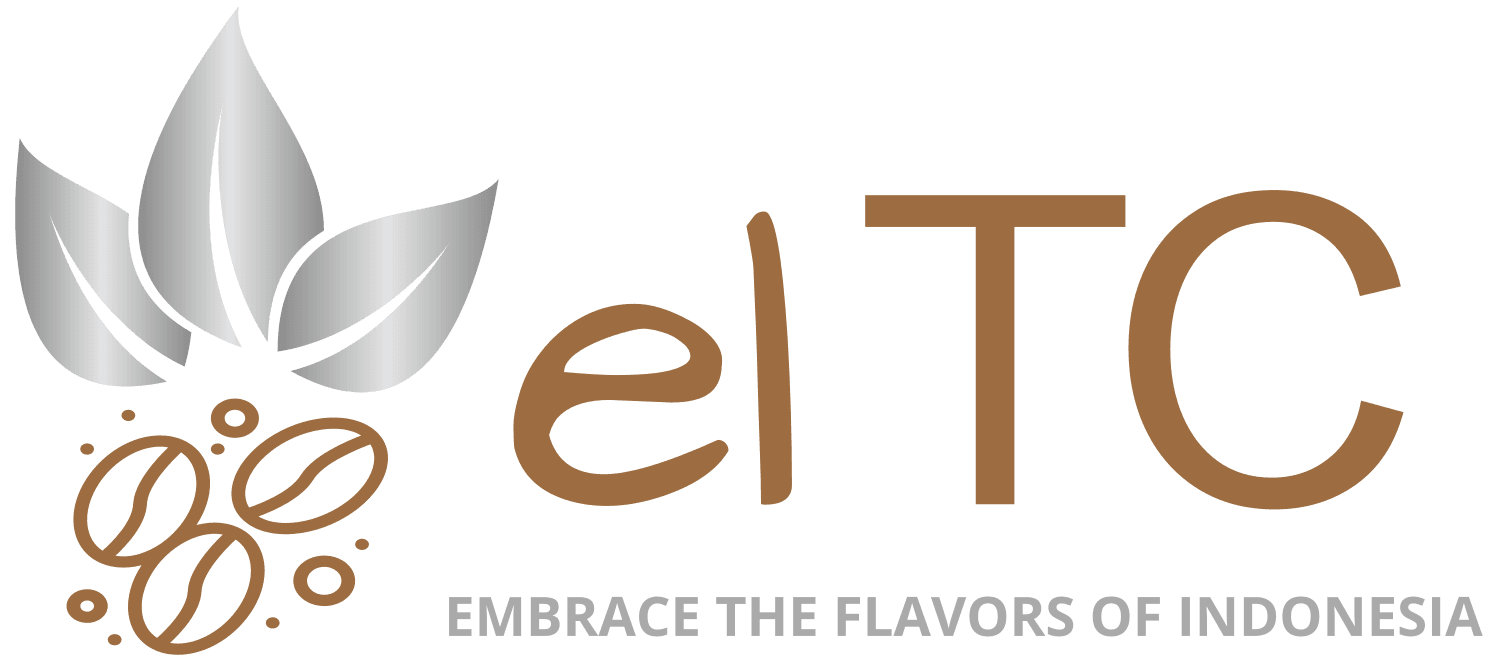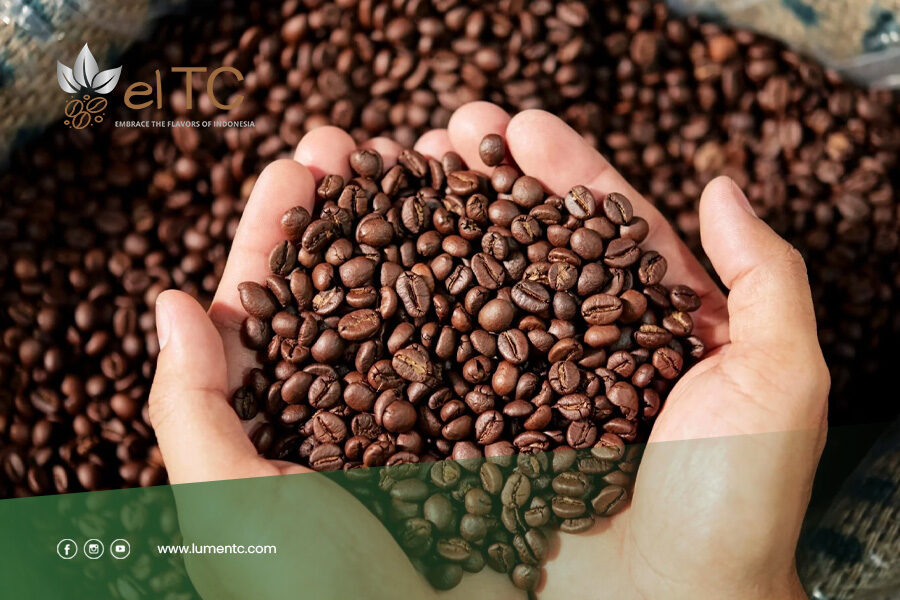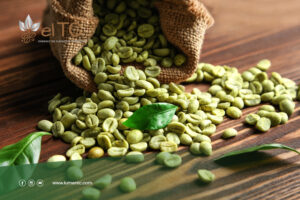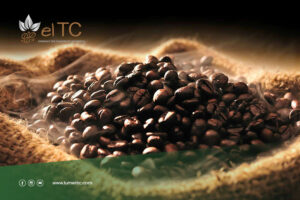Differences Between Arabica & Robusta Coffee
Coffee is more than just a drink — it’s a global culture, a daily ritual, and a product of complex agricultural processes. When talking about coffee beans, there are two main species that dominate the market: Arabica (Coffea arabica) and Robusta (Coffea canephora). Each has distinct characteristics that affect not only flavor but also how the beans are grown, processed, and priced. In this article, we’ll explore the key differences between Arabica and Robusta to help you better understand what’s in your cup.
1. Origins and Growing Conditions
Arabica coffee is believed to have originated in the highlands of Ethiopia and is now grown primarily in Latin America, East Africa, and parts of Asia. It thrives in high altitudes, usually between 800 and 2,000 meters above sea level, and requires a cooler climate (15–24°C). However, it is more sensitive to pests, diseases, and weather changes, which makes cultivation more challenging.
Robusta, on the other hand, is native to Central and Western Africa and is mostly grown in countries like Vietnam, Indonesia, and some parts of Africa. It grows well at lower altitudes, in hotter climates (24–30°C), and is significantly more resistant to pests and harsh conditions. This resilience makes Robusta easier and cheaper to grow.
2. Caffeine Content
One of the biggest differences between Arabica and Robusta is their caffeine level:
Arabica contains less caffeine — around 1.2% to 1.5%. Lower caffeine contributes to its smoother and milder flavor profile.
Robusta beans have up to twice as much caffeine — around 2.2% to 2.7%, giving the coffee a more bitter, stronger taste and longer shelf life. Caffeine also acts as a natural pesticide, which is why Robusta is more resistant to disease.
3. Flavor Profile
Arabica is often described as smooth, aromatic, and complex. Depending on where it’s grown and how it’s processed, it can have fruity, floral, chocolaty, or nutty notes. It also tends to have higher acidity, similar to that of wine.
Robusta, in contrast, has a strong, bold, and often bitter taste, with earthy, woody, or rubbery notes. Its flavor is generally considered less refined, but it adds body and crema to espresso blends, which is why many roasters include it in their espresso recipes.
4. Bean Appearance
Arabica beans are generally larger, oval-shaped, and feature a curved crease.
Robusta beans are smaller, rounder, and have a straight crease. This physical distinction helps experts and roasters identify the type at a glance.
5. Price and Market Share
Arabica is considered premium coffee and typically commands higher prices in the market. The extra care needed in cultivation, combined with its more desirable flavor, contributes to this.
Robusta is cheaper to produce and often used in instant coffee, espresso blends, and commercial-grade coffees. Although it’s more economical, high-quality Robusta beans are gaining recognition in the specialty coffee world.
6. Uses and Consumer Preference
Coffee lovers who appreciate nuance and aroma often prefer 100% Arabica coffee, especially for manual brew methods like pour-over, siphon, or cold brew.
Robusta’s strong, punchy taste and rich crema make it ideal for espresso shots. It’s also valued for its high caffeine content, which gives a stronger “kick” — perfect for those who need an energy boost.
Conclusion
The choice between Arabica and Robusta ultimately depends on your taste preferences, caffeine tolerance, and how you like your coffee brewed. Choose Arabica if you enjoy complex flavors, a lighter body, and aromatic qualities. Choose Robusta if you prefer bold flavors, stronger caffeine, and a thicker crema for espresso.
Both types have their own merits and play important roles in the coffee industry. Some blends even combine both to balance flavor and strength. So the next time you sip your coffee, take a moment to consider the bean behind the brew — it might just deepen your appreciation for the world’s favorite beverage.




